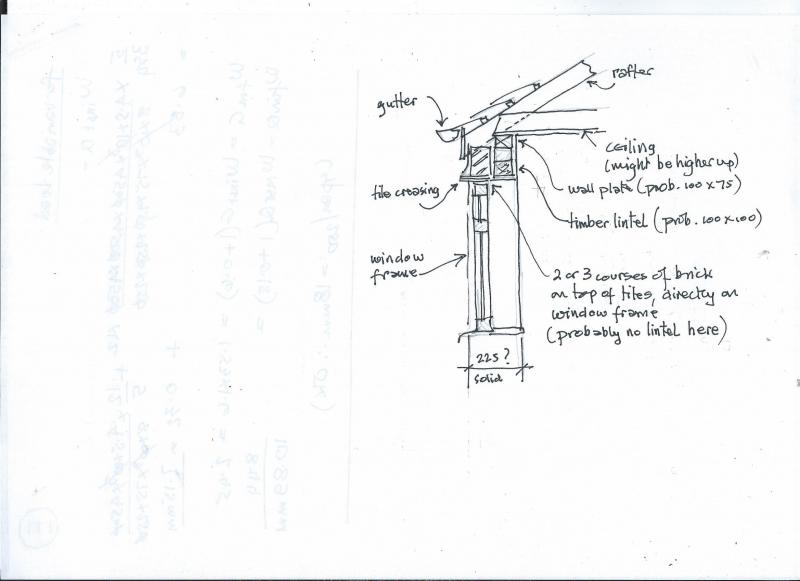Above the Upvc windows of terraced houses build in 1930,there seems to be a tiles sandwiched with mortar.
Just wondering what function do these serve.Are these substitute of lintel or is there a lintel above it.These tiles have a slight overhang as well.
Thanks.
Just wondering what function do these serve.Are these substitute of lintel or is there a lintel above it.These tiles have a slight overhang as well.
Thanks.


